Birds are fascinating creatures that bring life, color, and melody to our outdoor spaces. Creating a bird-friendly backyard involves more than just setting up feeders—providing natural cover is equally important for attracting and protecting our feathered visitors. Natural cover offers birds essential shelter from predators and harsh weather, safe nesting sites, and access to natural food sources. This comprehensive guide explores the best natural cover options for backyard birds, helping you create a sanctuary that supports avian wildlife throughout the seasons.
Understanding Why Birds Need Cover
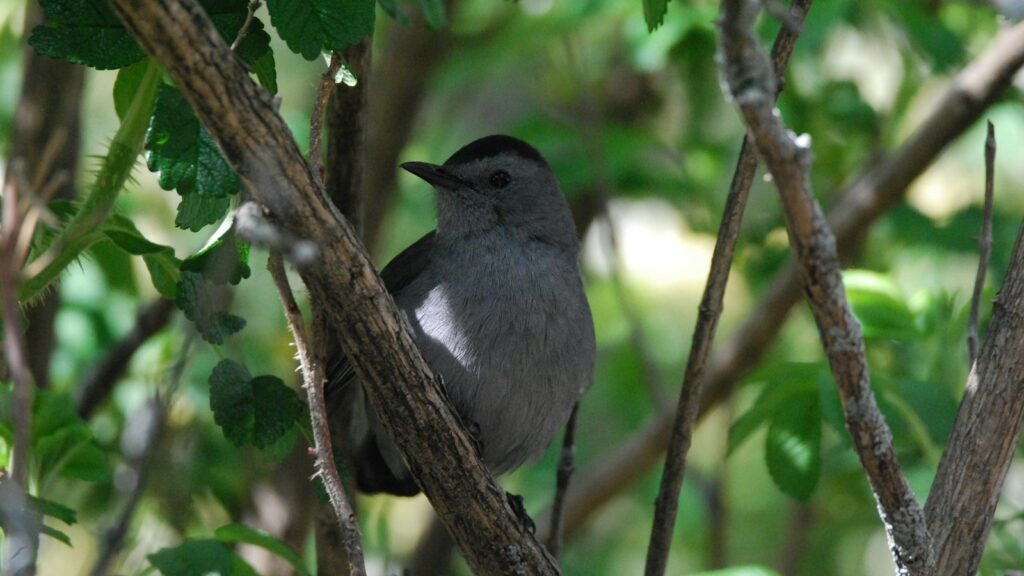
Birds require cover for multiple critical reasons that directly impact their survival and wellbeing. Protection from predators stands as perhaps the most urgent need, as birds must constantly be vigilant against threats from cats, hawks, and other animals that view them as prey. Weather protection represents another vital function of cover, sheltering birds from rain, snow, wind, and extreme temperatures that could otherwise prove fatal. Natural cover also provides essential nesting sites where birds can raise their young with some degree of security from environmental threats. Additionally, many types of natural cover double as food sources, offering seeds, berries, insects, and other nourishment that keeps birds healthy and energized throughout changing seasons.
Native Trees: The Ultimate Bird Sanctuary
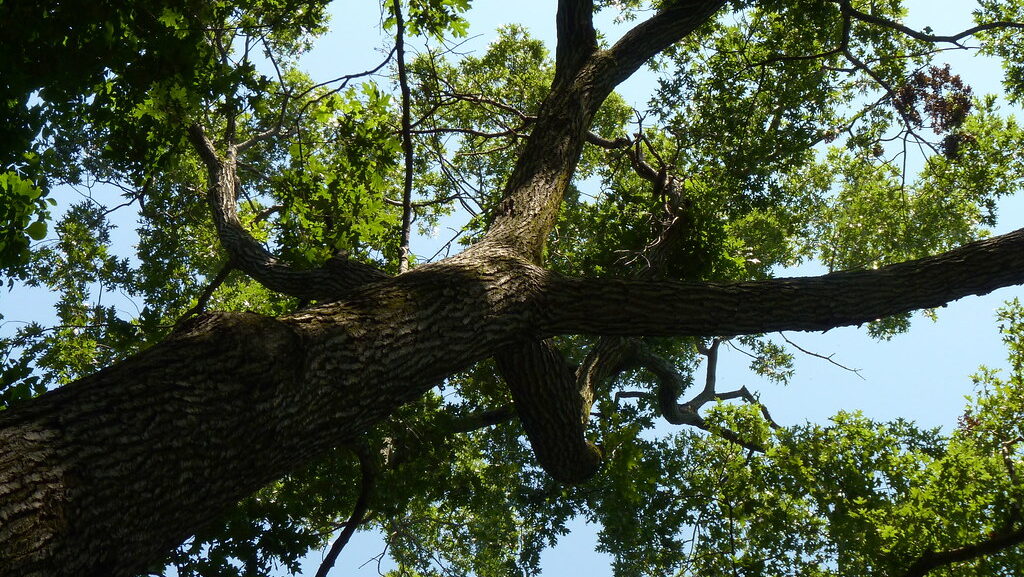
Native trees stand as the gold standard for backyard bird habitat, offering multiple layers of benefits that non-native species simply cannot match. Oak trees in particular rank among the most valuable for North American birds, supporting over 500 species of caterpillars—a crucial protein source for nestlings. Evergreen trees like pines and spruces provide year-round shelter, especially important during harsh winter months when deciduous trees stand bare. Fruit-bearing trees such as dogwoods, serviceberries, and crabapples offer seasonal nutrition while providing perching and nesting sites simultaneously. When selecting trees for bird habitat, always prioritize native species that have evolved alongside local bird populations, creating ecological relationships that imported ornamentals cannot replicate.
Shrubs and Hedgerows: Dense Protection
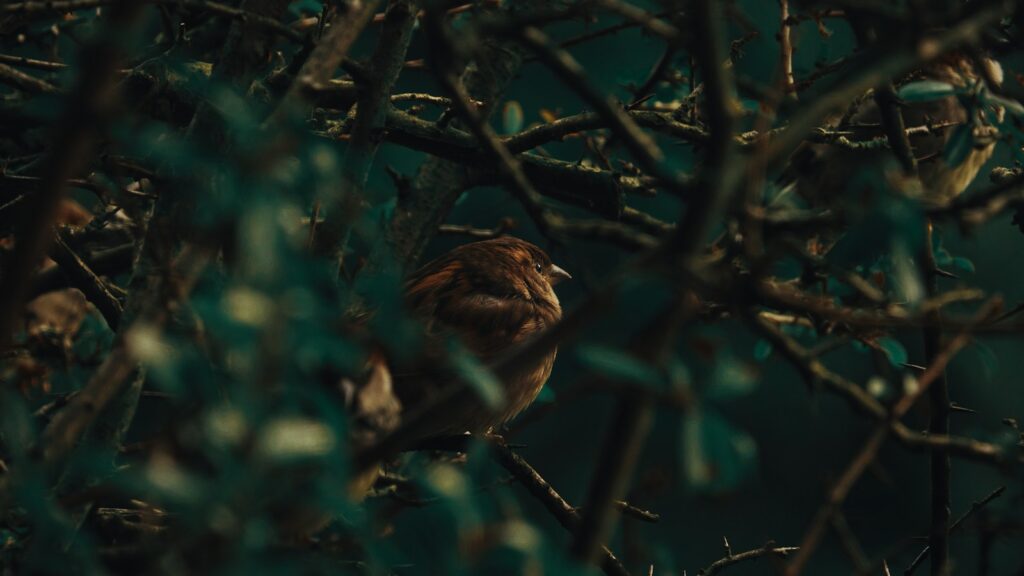
Shrubs and hedgerows create vital mid-level habitat that many birds specifically seek for nesting and protection. Dense, thorny shrubs like hawthorn and blackberry offer excellent defensive barriers against predators while providing nesting materials and food. Native viburnum varieties, with their intricate branching patterns and seasonal berries, attract diverse bird species throughout the year. Creating a mixed hedgerow with varying heights and species maximizes biodiversity by accommodating birds with different habitat preferences. For maximum effectiveness, consider planting shrubs in groups rather than as isolated specimens, creating wildlife corridors that allow birds to move safely through your landscape while remaining under protective cover.
Native Grasses: Understated Bird Havens
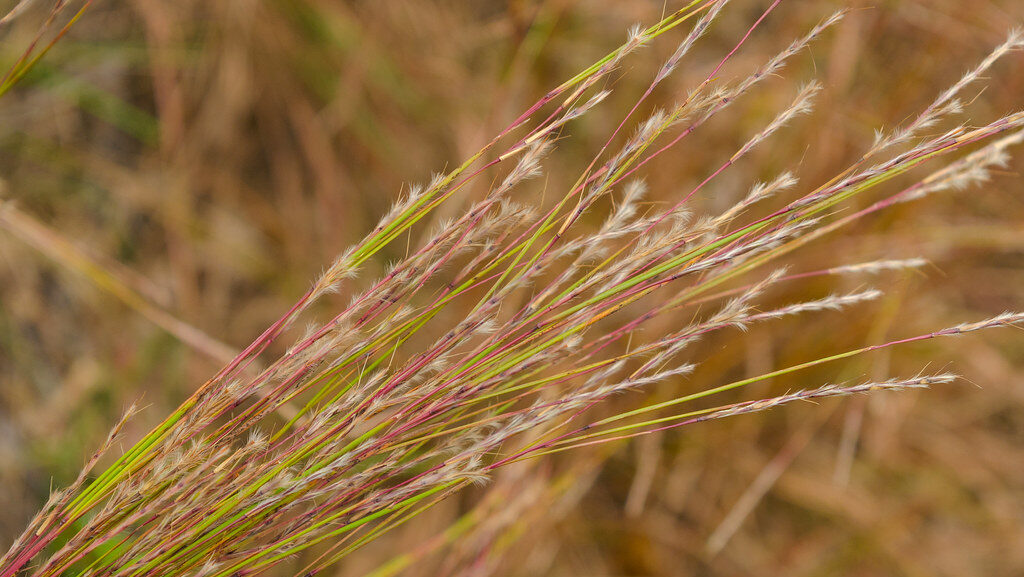
Native grasses serve as remarkably valuable bird habitat despite being frequently overlooked in backyard landscaping plans. Tall prairie grasses like bluestem and switchgrass provide essential cover for ground-nesting species such as meadowlarks and sparrows that require concealment from above. The seed heads of mature grasses offer nutritious winter food sources when many other options have disappeared. The dense growth pattern of ornamental native grasses creates ideal shelter for small birds to hide from predators or take refuge during storms. Additionally, these grasses support diverse insect populations that serve as protein-rich food sources for many bird species, especially during the critical breeding season when parents need high-energy food for growing nestlings.
Vine-Covered Structures: Vertical Habitat
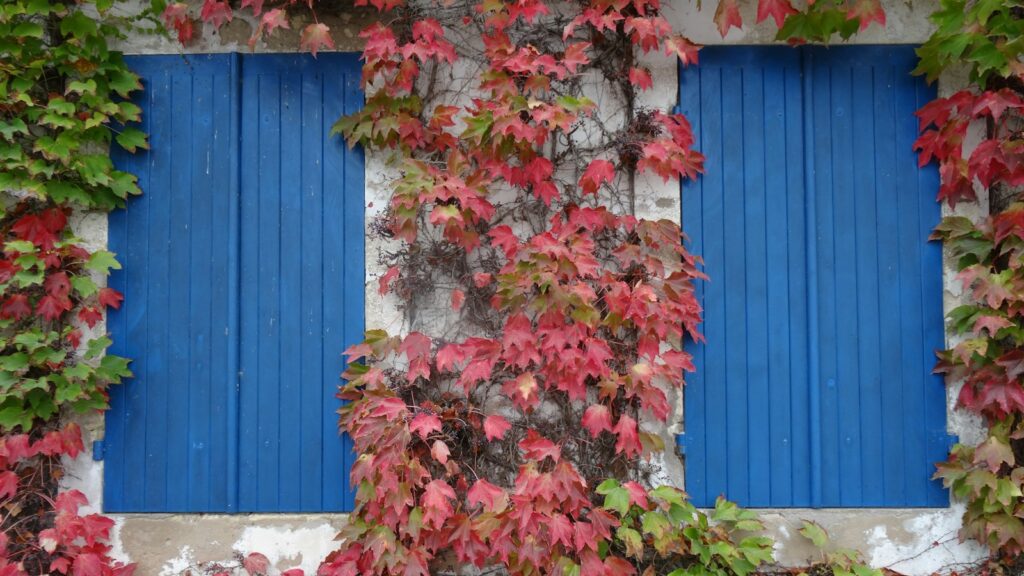
Vine-covered structures create valuable vertical habitat that maximizes bird-friendly space in limited areas. Native vines like Virginia creeper and American bittersweet provide dense foliage where birds can nest while offering nutritious berries in fall and winter. Trumpet honeysuckle and crossvine attract hummingbirds with their tubular flowers while simultaneously creating protected perching sites. When allowed to grow over arbors, fences, or trellises, these climbing plants transform ordinary garden features into multi-dimensional bird habitats. The layered structure of vine growth creates numerous microhabitats, offering varying degrees of exposure and protection that appeal to different bird species throughout the changing seasons.
Brush Piles: Simple Yet Effective
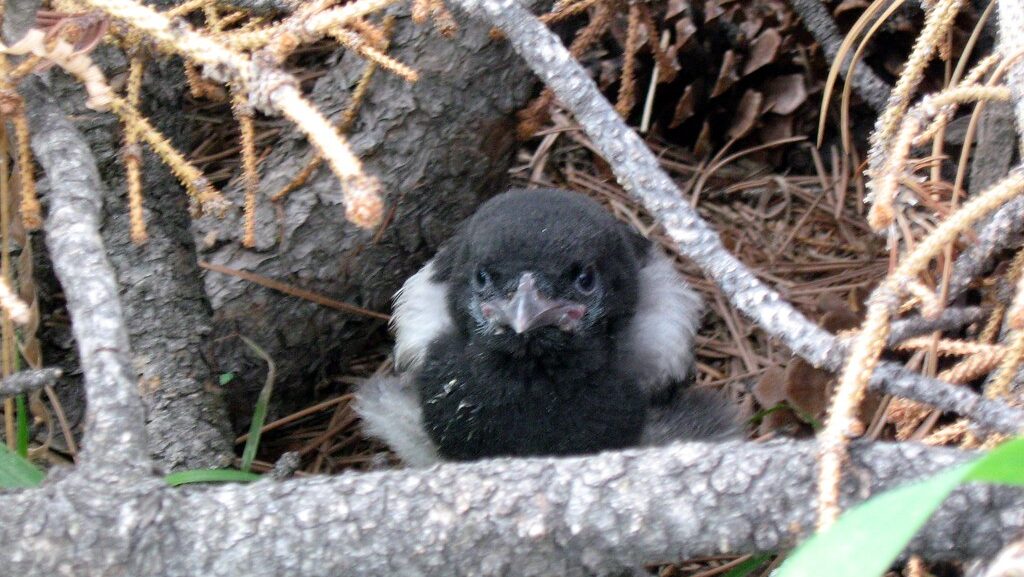
Brush piles represent perhaps the simplest yet most immediately effective form of bird cover you can create in your backyard. Constructed from fallen branches, pruned limbs, and yard trimmings, these structures provide instant shelter for birds seeking escape from predators or harsh weather. The ideal brush pile starts with larger branches at the bottom for structural stability and air circulation, with progressively smaller materials layered on top. Wrens, sparrows, and towhees particularly favor brush piles for quick refuge, often darting inside when threatened. For aesthetic concerns, consider locating brush piles in less visible corners of your property or partially screening them with ornamental grasses or shrubs that enhance their habitat value while maintaining landscape appeal.
Fallen Logs and Snags: Habitat for Woodpeckers and More
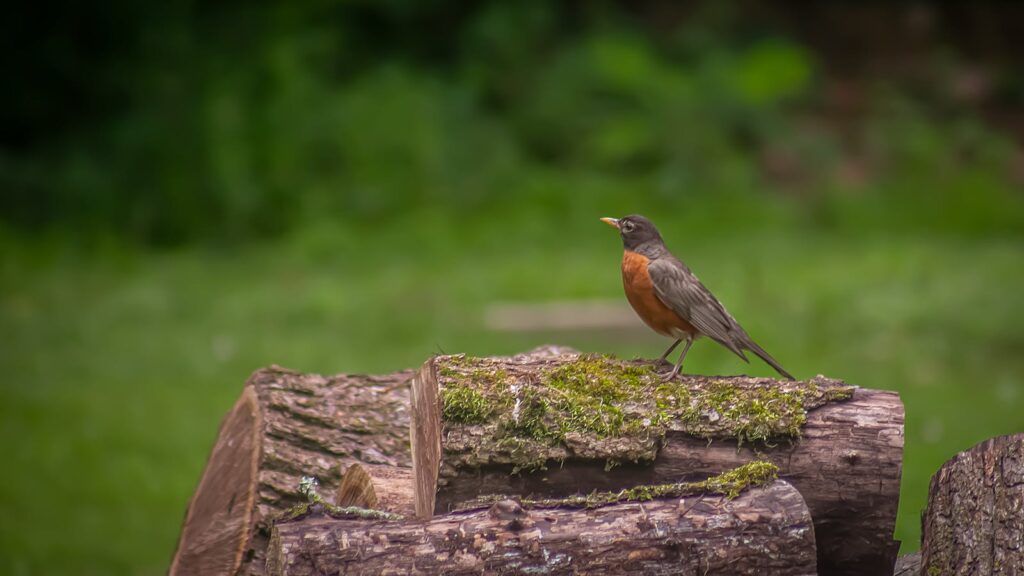
Fallen logs and standing dead trees (snags) provide specialized habitat features that many bird species specifically require. Woodpeckers, nuthatches, and chickadees actively seek these decomposing wood structures for both feeding and nesting opportunities. The insect life supported by decaying wood offers a protein-rich food source for many birds, with woodpeckers excavating bark to reach beetle larvae and other invertebrates. Cavity-nesting species depend on either natural hollows or abandoned woodpecker holes in snags for raising their young in protected environments. When maintained safely away from structures or high-traffic areas, these natural features significantly enhance backyard biodiversity by providing habitat elements often missing from manicured landscapes.
Water Features with Protective Cover
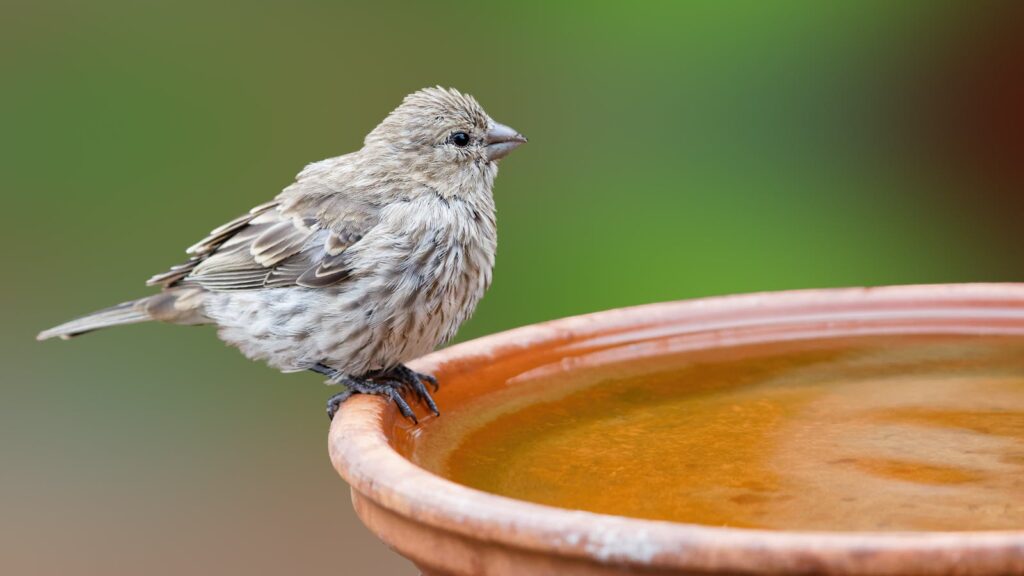
Water features paired with protective cover create irresistible bird attractions that serve multiple habitat needs simultaneously. Birds prefer bathing and drinking in locations where escape routes are readily available, making water sources near shrubs or trees significantly more attractive than exposed ones. Small ponds with graduated edges and nearby protective vegetation attract the greatest diversity of species, from warblers to woodpeckers. Moving water, whether from a small fountain or gentle bubbler, attracts birds with its sound and reduces mosquito breeding concerns. During winter in colder regions, heated bird baths surrounded by protective cover become critical resources when natural water sources freeze, drawing birds from considerable distances to your yard.
Layered Landscaping: Creating Habitat Depth
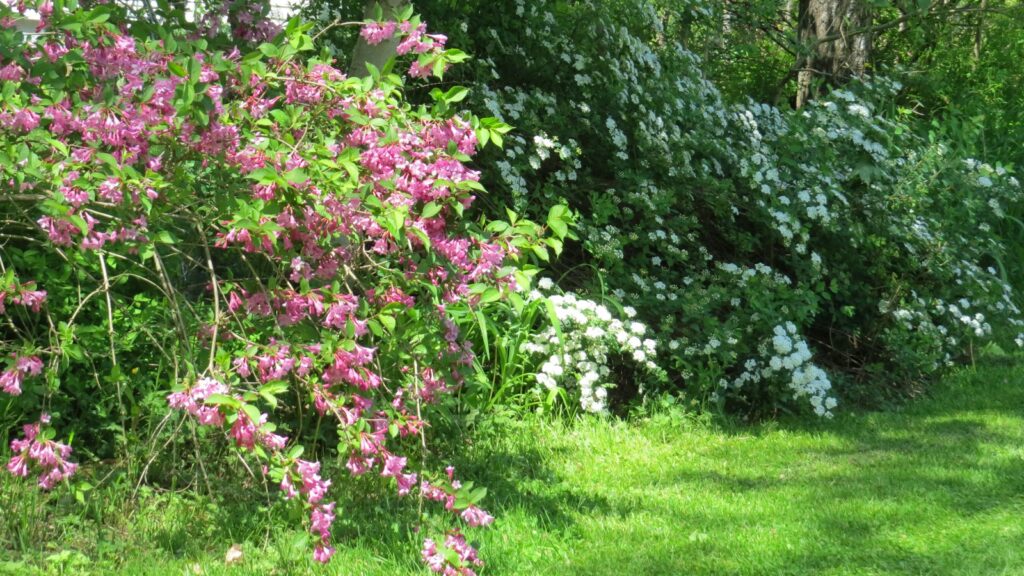
Layered landscaping mimics natural forest structure by incorporating multiple vertical habitat zones that accommodate diverse bird species with different lifestyle requirements. The canopy layer, formed by mature trees, attracts species like tanagers, orioles, and warblers that prefer life high above the ground. The understory layer of smaller trees and large shrubs provides perfect habitat for cardinals, thrashers, and catbirds seeking moderate cover. The shrub layer hosts sparrows, towhees, and wrens that thrive in dense, low vegetation. The ground layer, with its native grasses and perennials, supports juncos, doves, and ground-feeding birds. By ensuring continuous connection between these layers, you create a comprehensive habitat system that allows birds to move safely throughout your landscape at different heights according to their comfort level and survival strategies.
Native Flowering Plants: Dual-Purpose Cover
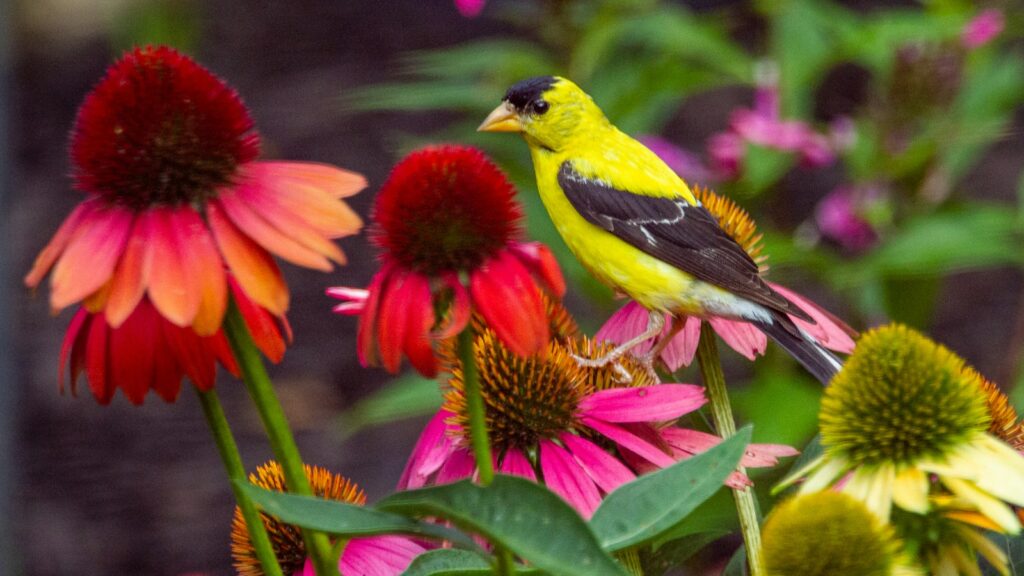
Native flowering plants serve dual roles as both protective cover and food sources for numerous bird species. Coneflowers, black-eyed Susans, and sunflowers provide excellent perching platforms for finches and sparrows while offering nutritious seeds that persist through fall and winter. Taller flowering perennials like Joe-Pye weed and ironweed create natural screens where birds can hide while attracting insects that birds eagerly consume. Dense flowering shrubs like New Jersey tea and ninebark offer protective nesting sites while supporting the insect populations that birds depend on for feeding their young. By selecting native flowering species with different blooming periods, you ensure continuous food availability throughout the growing season, complemented by protective cover that remains valuable even after blooms have faded.
Seasonal Considerations for Bird Cover
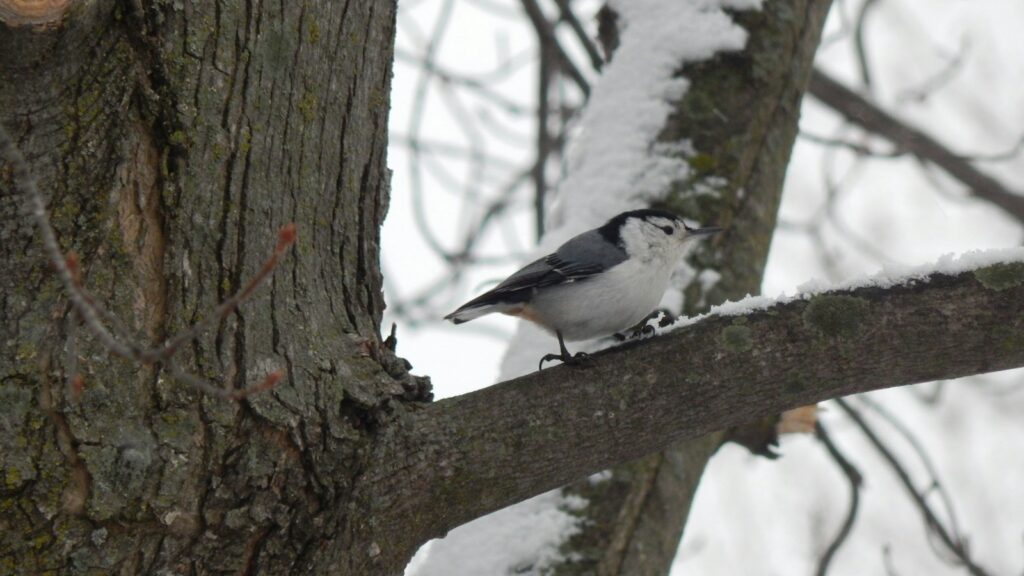
Effective bird cover must address seasonal habitat needs that change dramatically throughout the year. Winter represents the most challenging season in many regions, requiring evergreen trees and shrubs that maintain protective foliage when deciduous plants stand bare. Spring necessitates nesting cover with specific structural characteristics—dense branching for concealed cup nests or dead wood for cavity nesters. Summer habitat must provide shade and cooling opportunities as birds seek relief from heat while remaining protected from predators. Fall migration periods require energy-rich fruit and seed sources combined with resting cover for traveling birds making brief stops in your yard. By incorporating diverse plant types with different seasonal values, you ensure your backyard remains bird-friendly through all yearly cycles.
Balancing Aesthetics with Bird Habitat Needs
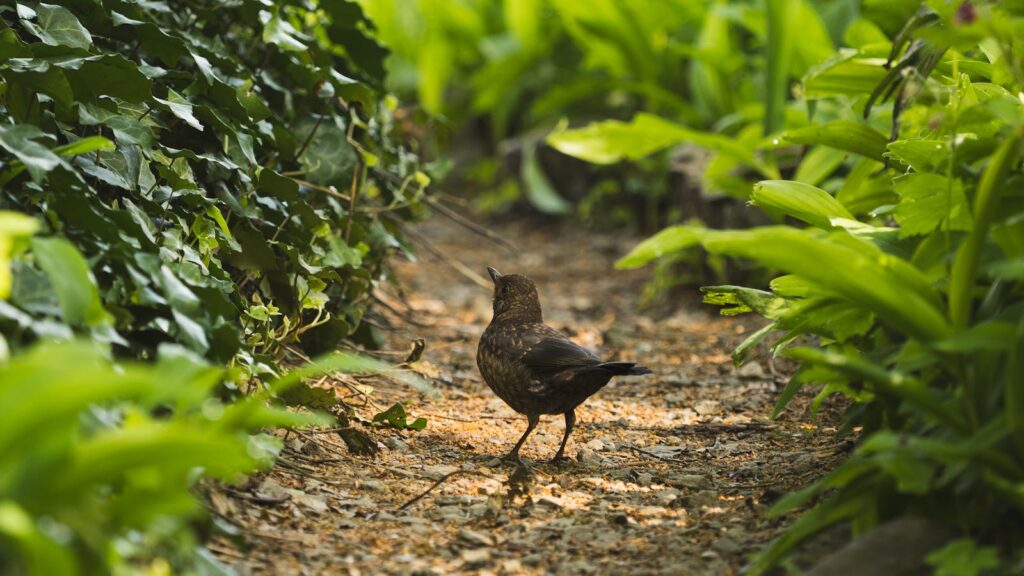
Creating bird-friendly cover doesn’t require sacrificing landscape beauty—in fact, thoughtful habitat design often enhances visual appeal through natural structure and four-season interest. Native plant communities can be arranged in aesthetically pleasing combinations that satisfy both human and avian residents of your property. Formal garden areas can transition to more naturalistic plantings in less visible sections, creating a graceful progression from manicured to wild. Creative screening techniques allow maintenance of “messier” habitat features like brush piles and snags without compromising overall landscape appearance. By embracing the inherent beauty of native plants and natural structures, your bird-friendly landscape can become a showcase of ecological design rather than appearing neglected or unkempt.
Maintenance Practices That Preserve Bird Cover
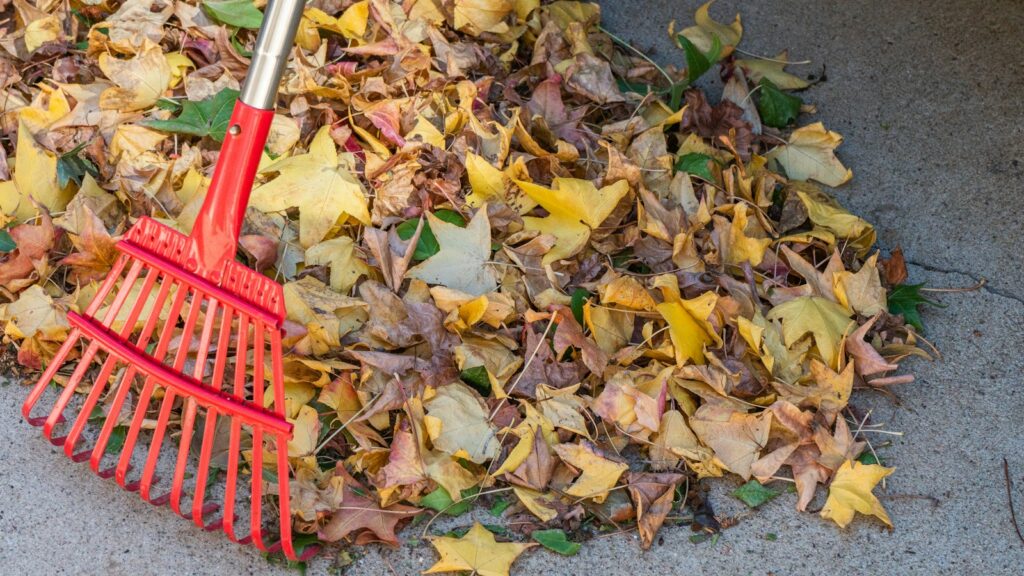
Maintaining bird-friendly cover requires adopting practices that sometimes diverge from conventional landscape management. Fall cleanup should be minimized, leaving seed heads, dried stalks, and leaf litter that provide winter food and shelter for birds. Pruning activities are best scheduled for late winter before nesting season begins, avoiding disturbance of active nests that could result in abandonment. Dead trees should be preserved when safely possible, as these snags provide essential habitat for woodpeckers and other cavity-nesting species. Chemical treatments should be eliminated or strictly limited, as pesticides reduce insect populations that birds depend on for food while potentially causing direct harm through toxin accumulation. By adjusting maintenance routines to accommodate bird needs, you significantly enhance the habitat value of your landscape with relatively little additional effort.
Conclusion
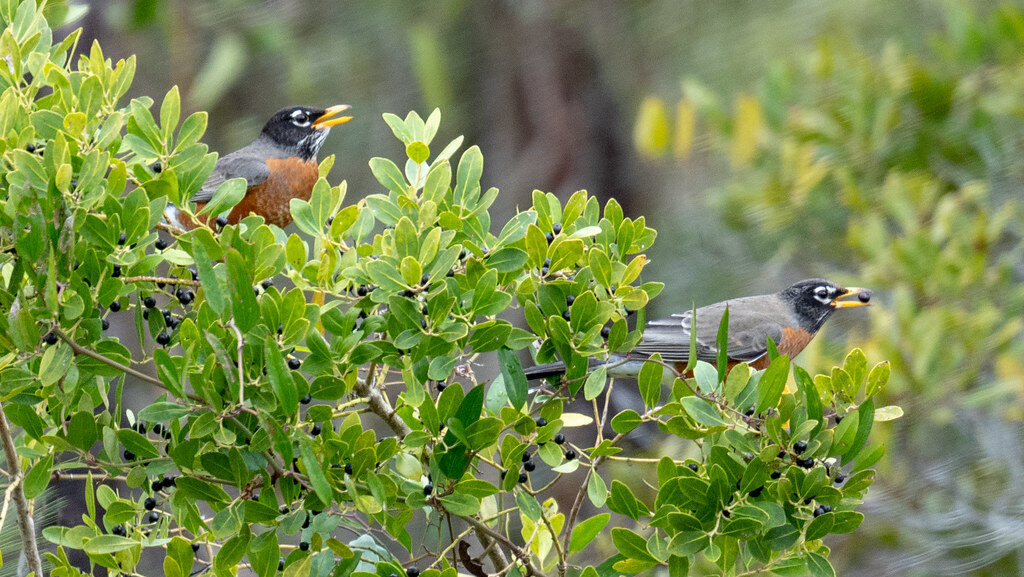
Creating natural cover for backyard birds represents one of the most meaningful contributions you can make to local wildlife conservation. By incorporating a diverse mix of native trees, shrubs, grasses, and other vegetation, you provide essential habitat elements that many bird species struggle to find in developed areas. The layered approach—combining ground-level cover, mid-story shrubs, and canopy trees—creates a complete ecosystem that supports birds throughout their life cycles and across seasons. As development continues to reduce natural habitat, your bird-friendly backyard becomes increasingly important, offering refuge that helps maintain healthy bird populations for future generations to enjoy.
